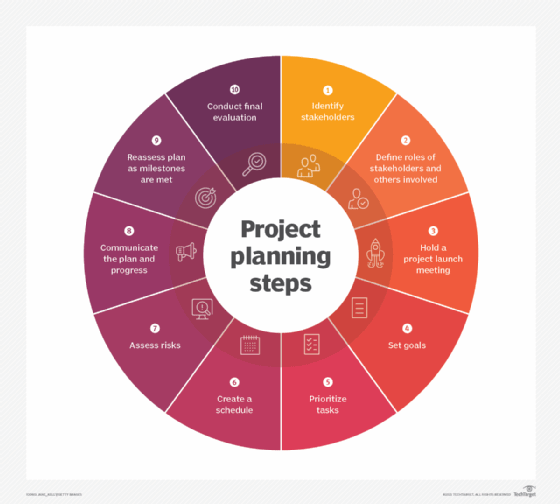

Plan-do-check-act (PDCA) cycle: The PDCA cycle is a four-step model for carrying out change on both small and large scales. Gantt chart: A Gantt chart is a bar chart that shows the tasks of a project, when each must take place, how long each will take, and each task’s completion status. Keep it simple, keep it factual and you’ll find writing a project description is a lot easier than you think. In this article, Ronda Bowen discusses important concepts involved in planning projects. The HR plan should describe when to recruit staff into a project, how they will be trained, and when the staff should complete the project. The project implementation, planning, and execution tools listed below can help your organization manage an improvement project, test various iterations for a project, and successfully track a project’s tasks and components from start to completion. All they really want out of your first 300 words is a summary of your project. Project planning tools include charts and graphs designed to track progress, repetition-based approaches to testing and adjusting everyday processes, and other actions that allow organizations to manage and improve important projects.
DESCRIBE PROJECT PLANNING TOOLS SERIES
Project planning tools are defined as a series of systems and methodologies designed to ensure teams are able to accomplish both short- and long-term projects.

The obvious advantage of a single-use plan is that it can be very specific in how it addresses the needs of a particular situation. The length of the plans varies, but the most common types are budgets and project schedules.
DESCRIBE PROJECT PLANNING TOOLS HOW TO
Quality Glossary Definition: Project planning tools Single-use plans refer to plans that address a one-time project or event. Get an introduction to project management and planning, and find out how to create a project plan with this online course from the renowned University of Virginia’s Darden School of Business. All planning teams need creativity and analytical rigor to define problems and compare options.

This chapter identifies selected planning methods according to four purposes: 1. Project Planning and Implementation Tools Strategic planning relies on a number of methods and tools to define and interpret information for comparing alternatives.


 0 kommentar(er)
0 kommentar(er)
